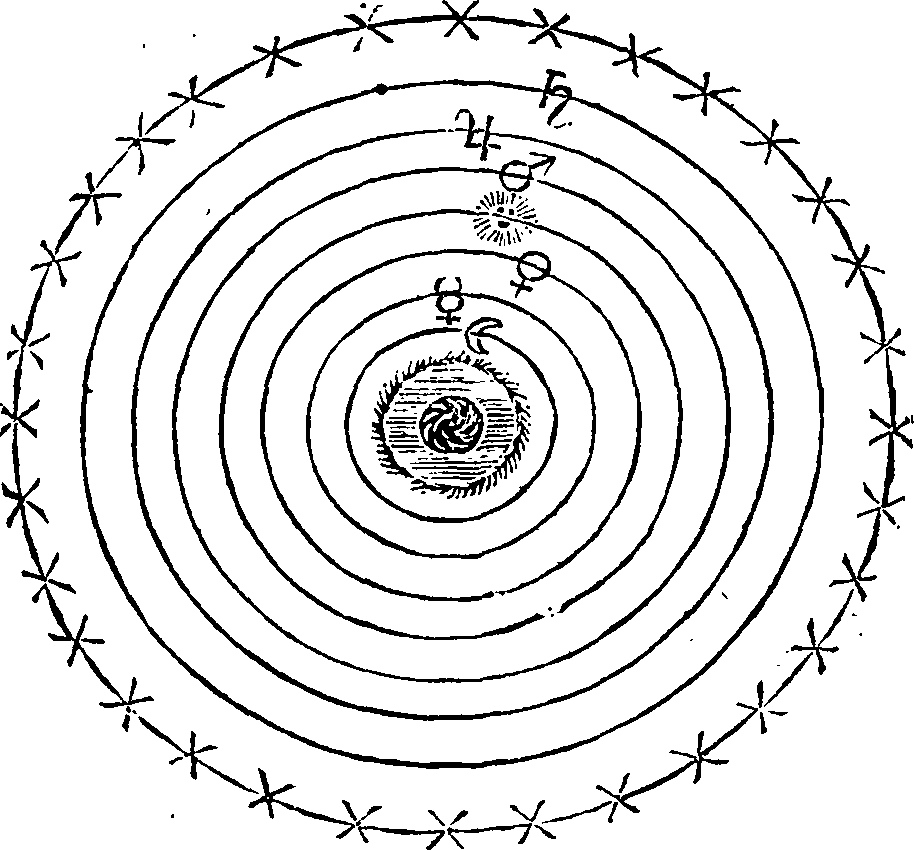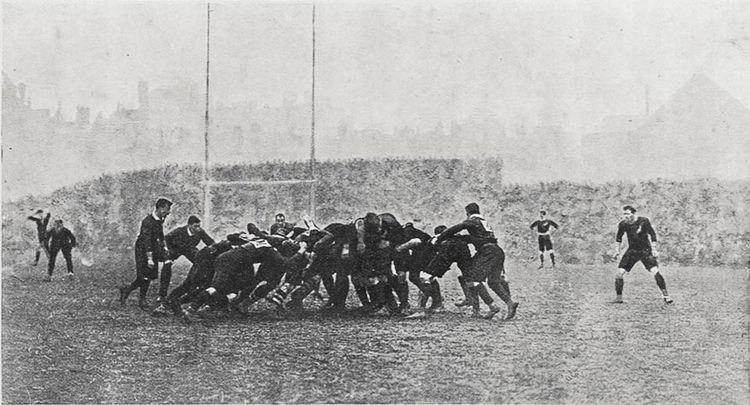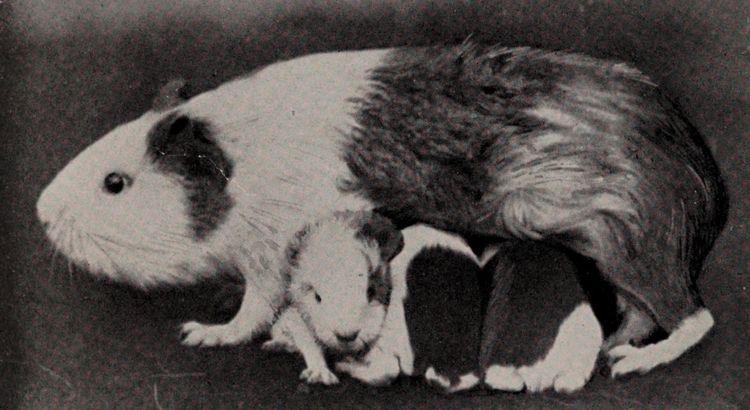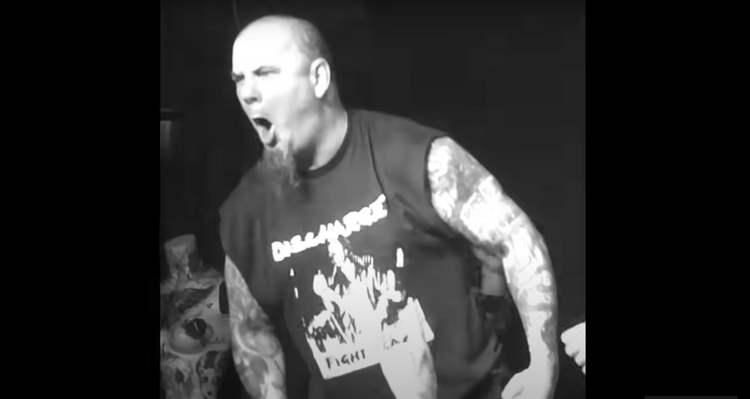Ants
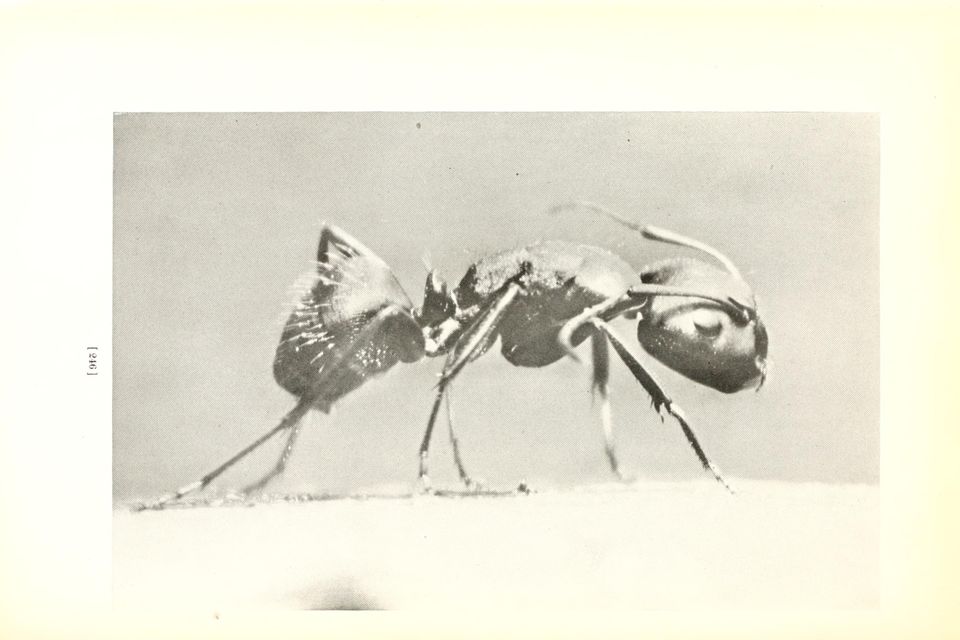
At the beginning of lockdown, all hobbies were acceptable.
Daisy, my sister, had bought my niece a self-supporting ant farm. It came filled with a blue gel that acted as food, water and shelter. NASA developed the technology, the promotional material announced. But my research could not tell me what for.
After three missed calls and countless messages, my niece and I connected on a WhatsApp video call. Her ants had already started work on their first tunnels.
"Uncle Adam, why don't you have ants?"
That evening, unable to formulate a satisfactory reply, I was compelled by a four-year-old to buy an ant farm. My lockdown had its defining moment.
Online, I purchased an Outworld Ant Arena with an early stage Lasius niger colony. Unlike my niece's project, this came with a large queen black ant, workers, and brood. This was real responsibility.
"What if they escape?" asked my wife Julia, not entirely unreasonably.
When you buy ants, they come in a test tube. Half of it is full of water. A cotton wool stopper prevents the ants in the dry half from drowning. Nervously, I laid the test tube into the arena, which I had filled with damp sand. Overnight, the ants took lots of the sand into the test tube to block out the light. The queen ant remained hidden in that test tube for the next year.
I sent a picture of the ants' environment to my niece. She sent back a video of her set-up from my sister's phone, live from the airing cupboard.
*
Moving on from the mistakes of youth is not easy. As a child, I terrorised ants. I poured boiling water down the cracks in the concrete out by the garages. I rode out to the Hurtwood and placed explosive French bangers in the huge nests that vicious, biting ants had made from Scot's Pine needles. I sprinkled ant powder liberally over lines marching across our backyard.
The ants terrorised me back. They invaded my lunchbox while I was in lessons and surprised me when I opened my sandwiches. Red ants dropped out of trees and bit me. Wood ants made nests in my BMX bike seat and conquered footballs lost in the long grass.
"Be nice to the ants," I told my niece on the next WhatsApp video call. "Try not to disturb them too much."
Disturbing ants when you keep them is inevitable. They need the right moisture, but not too much. You have to feed them a mix of proteins and sugars. I found myself regularly stalking, catching, and disinfecting tiny flies for them.
The queen produces eggs which yield very small, inquisitive ants called nanites. Nanites instinctually take up roles - hunters, warriors, nurses - that change according to the minute-by-minute needs of the colony.
Ant colonies are self-organising systems. Simple rules govern and enable the complex behaviour of the collective. There is no direct instruction from the queen. Yet, 100 million years ago, ants were solitary creatures. They lived and foraged alone. At some point they just decided to start working together.
Nowadays, one vast colony of Argentine ants has grown so much that it stretches for 6,000 km along the Mediterranean coast.
My niece's colony had no such luck. Pretty soon her ants grew tired of their NASA gel and expired. She seemed disappointed in me, for some reason.
"Why are your ants still alive? How long will they live?" she asked.
Queen black ants can live to be 35 years old, I discovered online.
Four months later, my ants were indeed still alive. The queen remained hidden inside the test tube behind a wall of sand. When I shone a light into the colony though, I could see the shadow of her moving body.
As the summer and autumn months blurred into another wave of the pandemic, my understanding of the needs of the colony grew. I regularly checked the ants as their numbers expanded. I lost hours watching YouTube antfluencers.
The colony was bigger and more active when winter came around. Somewhere on a credit card bill, hidden from Julia between Christmas present transactions, was the purchase of sugar water and expensive protein solutions designed to promote growth.
Reddit told me to hibernate the ants over winter.
"It's like a long sleep," I told my niece.
I cleared a space in the cellar.
"It's like a long sleep," I told Julia.
"I know what hibernation is," she said.
*
When I retrieved the ants from the cellar in April, something felt wrong. The ants were alive, but their numbers had declined. Nine months after their arrival, they were still in the test tube. That worried me. The ants should have moved out into the expanse of the arena.
I bought more sand, re-sculpted their miniature landscape, and drilled holes into the dirt with a pencil to encourage them to relocate. I moved them to my desk and used my writing lamp to warm the arena. Some ants escaped. I did not tell Julia.
I began leaving extra sugars, honey, and banana for them. I checked the humidity of the tank every lunchtime and covered parts of it with silver foil to avoid disturbing them with the light. Working from home, I was increasingly distracted by their lack of activity.
Reddit was unable to help me further. Lasius niger doesn't like open spaces, it said. Lasius niger likes to explore. Contradictions everywhere. No data points. What did the ants need? What were they thinking?
I called my niece for advice. No reply. She had moved onto other pursuits, face-paints and ballet.
Desperately, I tried to attend to the ants' unknown needs. I checked on them every hour. As they waved their thin, mobile antennae and left pheromone trails in the sand, I attempted to interpret their signals. Still they did not eat. I strained to hear the sounds they made as they rubbed their body parts together. They communicated with each other, but not with me.
Then, one morning, I saw her. The queen ant. Her large brown body was easily five times bigger than the nanites that swarmed around her.
She was dead.
Eight lone worker ants, had ceremoniously removed her from the test tube and were covering her with sand.
I sat there and stared at the dead ant. Time passed. I did the only thing I could do. I sent my niece a voice message.
She replied immediately.
"Uncle Adam, I'm sorry. How did it get dead?"
I could not answer her question. Perhaps some of the fruit I gave the ants contained pesticides? Maybe I didn't hibernate them correctly? Conceivably, my disturbances stressed the queen to the point where she could take it no longer.
In all likelihood, I think it is fair to conclude that I killed her. Like the ants in the concrete cracks out by the garages. Like the ants peacefully building their nest from pine needles. Like the ants marching in lines across my backyard. I killed them all.
After the queen ant died, the workers left the test tube and escaped into freshly dug tunnels in the sand. With them they took the eggs the queen had left behind.
When an ant egg is fertilised and hatches into a larva, it becomes a female. A well-nourished female larva develops into a queen, while an undernourished female becomes a worker ant.
If my queen fertilised some eggs before her untimely and premature passing, there is a remote possibility that - with some help - the worker ants may raise a new queen. It would require me to wash the fruit. To hibernate them correctly. To leave them undisturbed. Another chance to live up to my responsibilities. Another chance at redemption.
The queen is dead.
Long live the queen.
Thanks for reading
You can receive these articles by email by signing up here.
Thanks to my Foster editors Jon Allen and Cameron Zargar. And to Julia Hildebrand for her patience.
